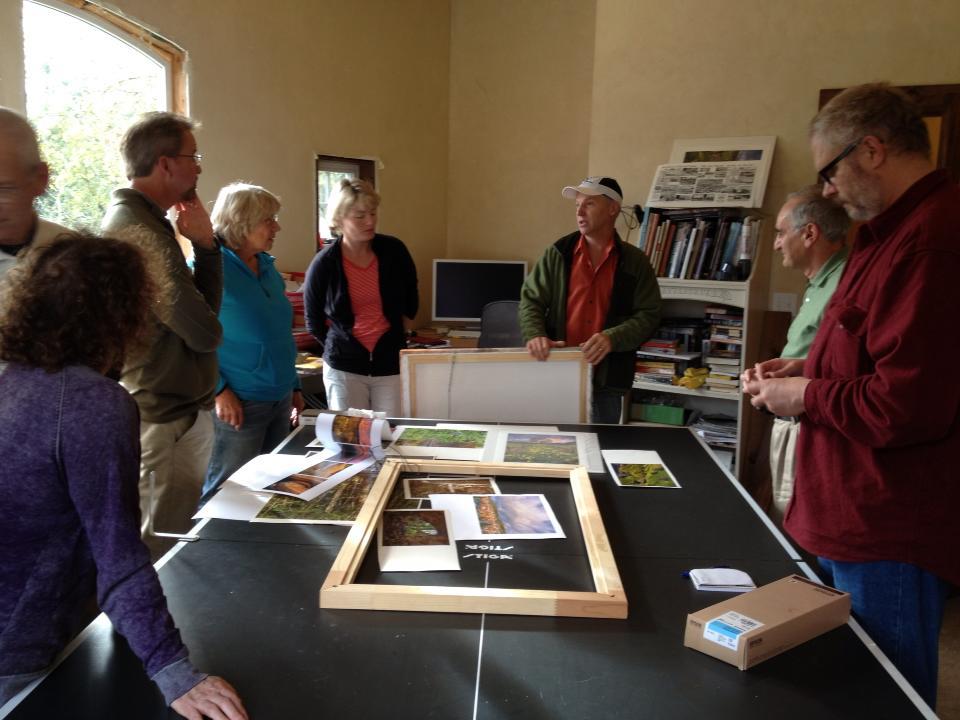I’ve fueled many 747-200s, but have never seen inside the fuel tank.
– –

Ed was one of my ‘chiefs’ at Northwest Airlines in Anchorage for decades. I had many unforgettable experiences with him.
Sad. I worked many of these in Anchorage, especially the 747 freighters, which NWA retired in 2009. Hundreds of my 747 freighter photos are in my Cargo’s Last Stand category.
– –
From: Star & Tribune
DECEMBER 16, 2017
For two generations, Northwest took Minnesotans around the world — and brought the world to Minnesota — on the 747. But Delta is the last U.S. airline that flies the planes, and now it is retiring the last four in its fleet. …
From the start, the plane awed. The 747 was about twice the height and length of any other plane then, and it still towers over most airplanes today. The second deck that extended from the cockpit back over the first third of the plane gave it a hump that made the 747 instantly recognizable and inspired a nickname, the Whale. …
Pop music isn’t just 92% sex. It’s also mostly fake!
Related:
– –
I was having a lot more fun than it appears here. This was an awesome experience!
In the fall of 2012, I attended Mountain Light’s Wine Country photography workshop in northern California, taught by Elizabeth Carmel and Jerry Dodrill, with Olof Carmel sometimes helping — loved that!!!
Here Olof is sharing his wisdom in their upstairs studio. I’m on the right, checking the image I just took with my RX100 pocket camera.
Jerry posted this privately on his Facebook page on Dec. 2, 2012, saying:
We had a great visit to Elizabeth Carmel’s studio today for a demo on fine art printing.

I’ve always loved blue, the color of my Eagle Talon!!!

Blue light found to improve brain function and focus better than coffee
The only song I ever sang/played during a regular, Sunday service at Abbott Loop Christian Center, probably in ’83.
https://www.youtube.com/watch?v=konhzcUWjU4
See the wonders of the Eastern Sierra with two of the most extraordinary people we’ve ever known.
Galen and Barbara Rowell were fascinating and complex people, and at least a little bit larger than life. They were artists, activists and adventurers. Galen was a world-renowned photographer, writer, mountaineer and athlete. Barbara was his partner in every way, and was an accomplished pilot, photographer and author in her own right. They traveled the world, but they especially loved the eastern Sierra, the Owens Valley and the White Mountains. In the fall of 2000, we shot with Barbara and Galen in their home, inside their colorful Mountain Light Gallery in Bishop, on the valley floor at dawn, flying the Sierra crest at midday and in the company of mountain sheep and a full moon rising at dusk. It was delightful to be with them and to see this great landscape through their eyes and Galen’s photography. Many people around the world were devastated when Barbara and Galen were killed in a plane crash on a nighttime approach to Bishop in August of 2002. It’s bittersweet to say the least, but I like seeing them again on the video. I hope you enjoy watching as much as we enjoyed our memorable day with Barbara and Galen.
https://www.youtube.com/watch?v=H66BuJ9ez9g
“Treat people as if they were what they ought to be, and you help them to become what they are capable of being.”
― Johann Wolfgang von Goethe
• • •

This looks like a good method of listening to MP3 audio at a higher speed. It’s a bit of a hassle, because the files have to be downloaded first, and then opened in QuickTime, but it’s wonderful being able to speed up slow moving audio!
– –
Incrementally Change the Speed of Playback in QuickTime with an Option+Click

Powered by WordPress & Theme by Anders Norén